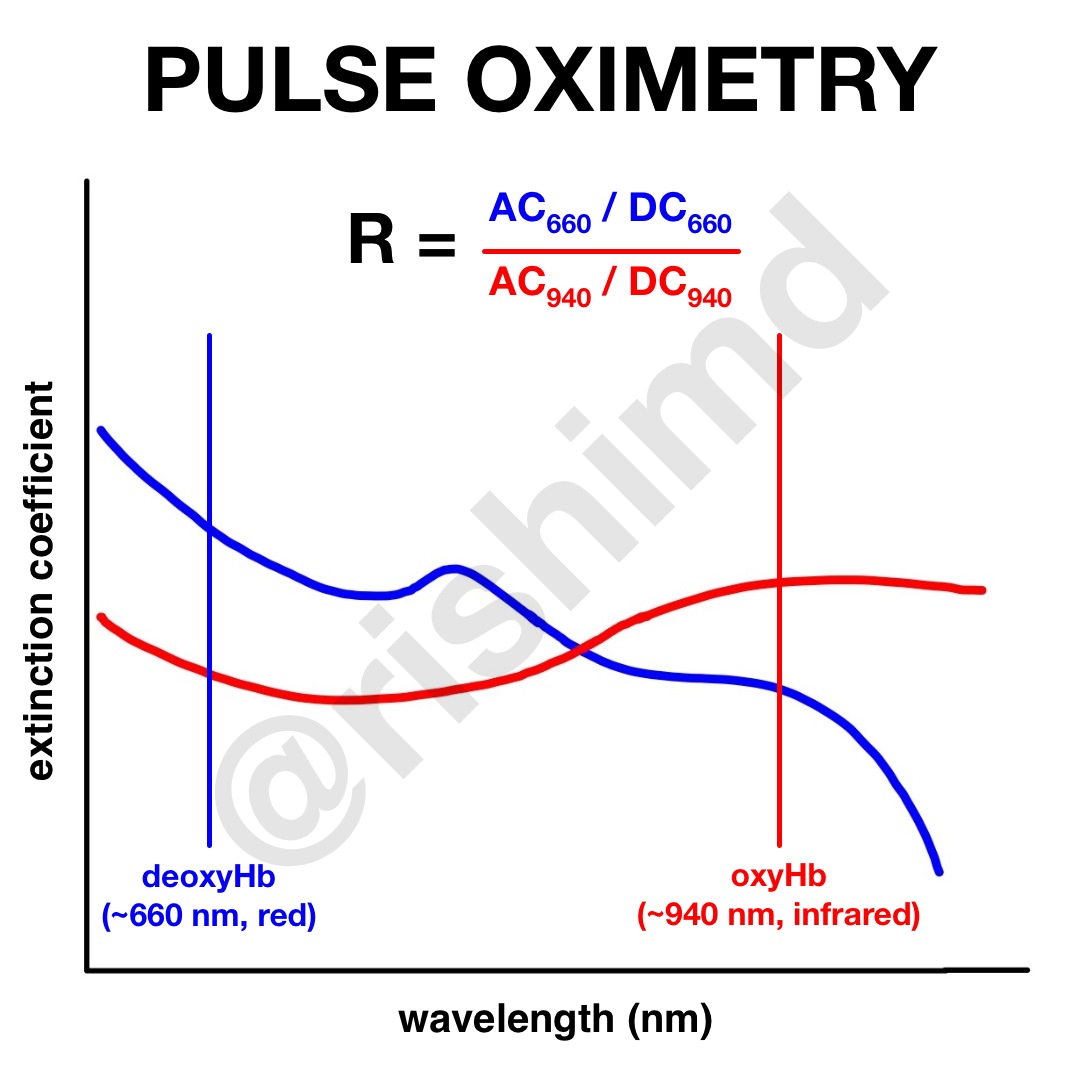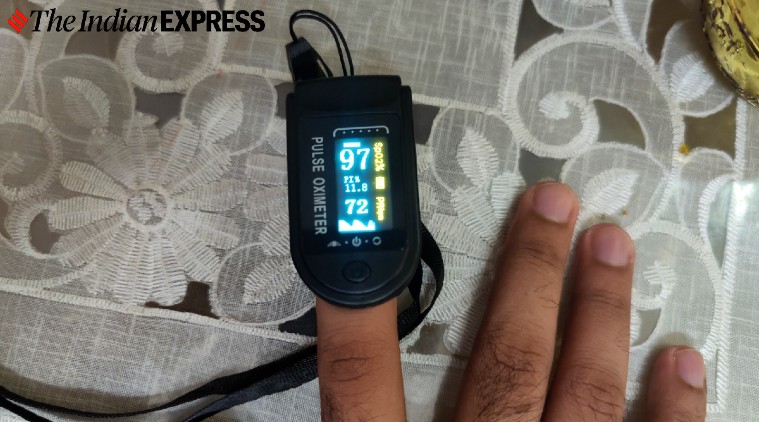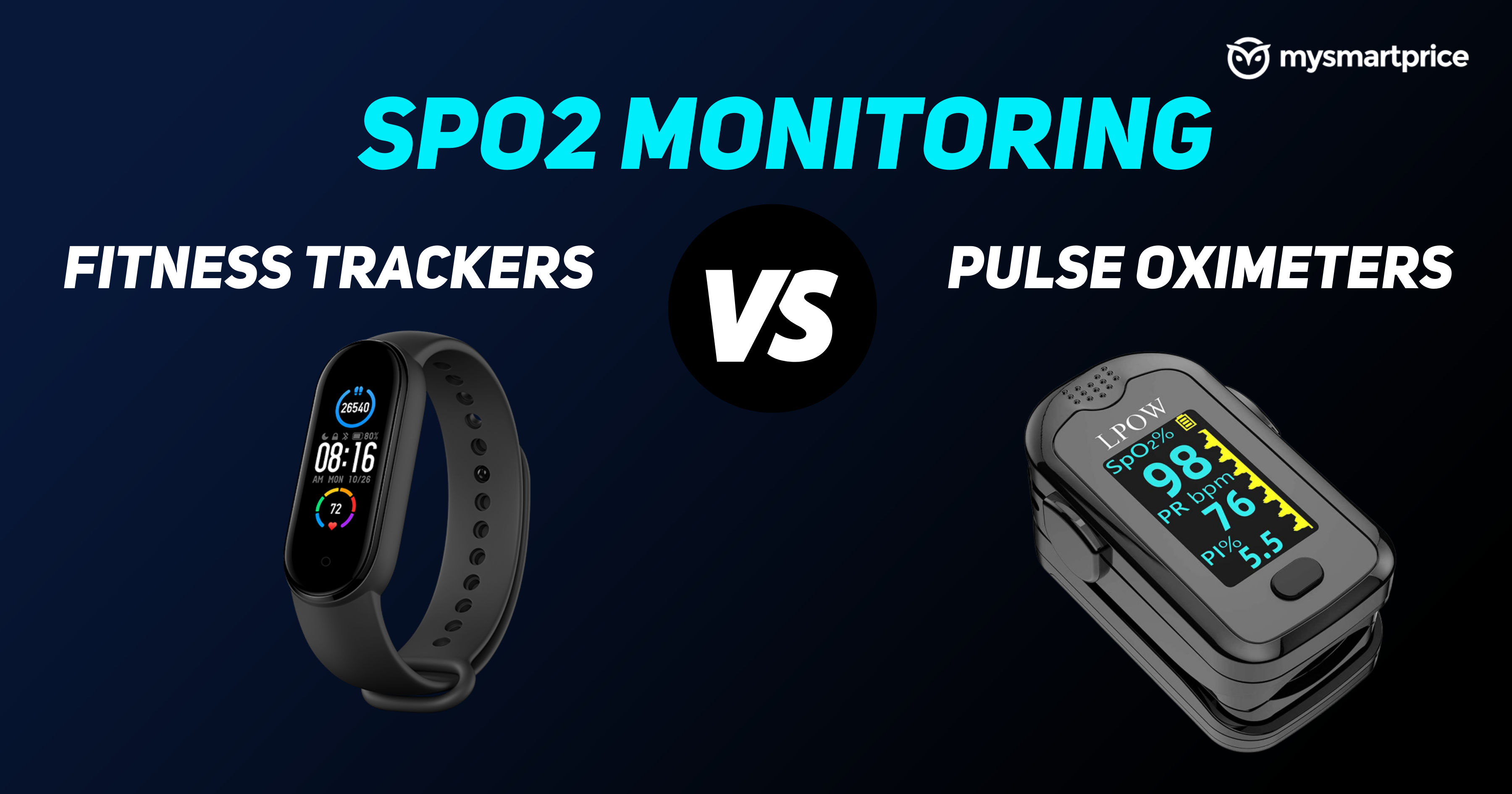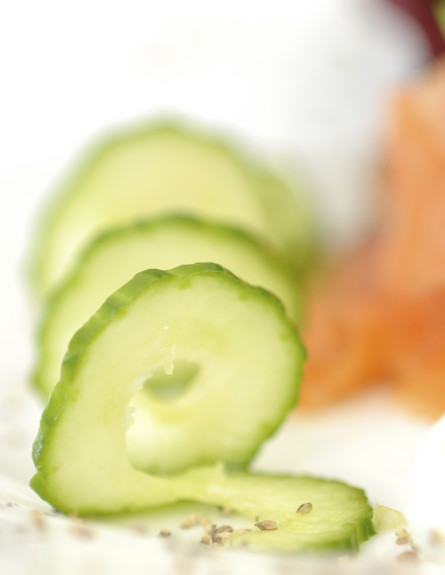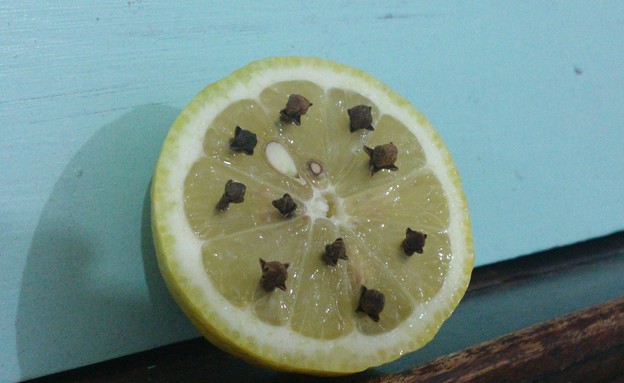All of us recognize that we need oxygen permanently. (Some of you might locate this area a little as well fundamental. In that situation, to miss this short area, click this web link to visit next area Physical homes made use of in pulse oximetry) Oxygen goes into the lungs and after that is handed down right into blood.
The primary means oxygen is lugged in our blood is through hemoglobin. You can imagine hemoglobin particles( Hb) as "cars" and the "roadways" being our capillary. The oxygen molecules get involved in these cars and trucks as well as circumnavigate the body till they reach their location. oxygen level meter. Let us consider these" hemoglobin cars".
The hemoglobin with oxygen, we will call oxygenated hemoglobin (oxy Hb). Oxygen saturation just refers to the percentage of the offered hemoglobin that brings oxygen. The oxygen saturation is for that reason 0 %.
An Unbiased View of Oximeter Machine
Similarly for 75 % And certainly, when all the Hb have oxygen, the saturation is 100 % So in summary, oxygen saturation tells you the portion of the total hemoglobin that is carrying oxygen. Physical residential or commercial properties utilized in pulse oximetry Pulse oximetry utilizes light to exercise oxygen saturation.
If a finger is positioned in between the light source as well as the light detector, the light will certainly now need to pass with the finger to reach the detector. Component of the light will be taken in by the finger as well as the component not taken in gets to the light detector. The quantity of light that is soaked up by the finger depends on numerous physical homes and also these homes are used by the pulse oximeter to determine the oxygen saturation.
concentration of the light soaking up compound. 2. size of the light course in the absorbing substance 3. oxyhemoglobin and also deoxyhemoglobin takes in red as well as infrared light in a different way Do not worry! All the above will certainly be described in the next areas: The physical buildings that a pulse oximeter uses will certainly be explained utilizing the probe revealed listed below.
The Facts About Oxygen Oximeter Uncovered

Above the finger are the light sources that release light. Physical home No. 1: Amount of light soaked up is proportional to the focus of the light absorbing substance Hemoglobin (Hb) absorbs light.
In the representation below, the blood vessels in both fingers have the very same size. Nevertheless, one capillary has a reduced Hb concentration (i. e. low number of Hb in each device quantity of blood) as well as the other capillary has a high Hb concentration (i. e. high number of Hb in each device volume of blood).
This residential property is described in a legislation in physics called "Beer's Law". Beer's Regulation: Quantity of light absorbed is symmetrical to the concentration of the light taking in material By determining just how much light gets to the light detector, the pulse oximeter knows just how much light has been soaked up. More the Hb in the finger, even more is the light taken in.
More About Oxygen Level Checker
2: Quantity of light absorbed is proportional to the length of the light course. Look at the two fingers revealed listed below. Both arteries have the exact same concentration (same Hb per system location, blue square) Nevertheless, the artery on right is wider than the one left wing. The light produced from the source has to travel through the artery.
The concentration of Hb is the same in both arteries, the light satisfies even more Hb in the bigger artery, because it takes a trip in a longer course. Longer the path the light has to travel, much more is the light taken in. This residential or commercial property is defined in a legislation in physics called "Lambert's Regulation".
Physical residential or commercial property No. 3: oxyhemoglobin absorbs more infrared light than red light & deoxyhemoglobin soaks up more red light than infrared light (this is explained below!) We have seen how concentration as well as light path affect the absorbance of light. Along with these, the pulse oximeter utilizes an additional crucial residential property to determine oxygen saturation.
The 6-Minute Rule for Oximeter Machine
Before we go better, we require to remember what wavelength is. All light is composed of waves. The distance in between the "tips" of the waves is equivalent to the wavelength. Light wavelengths are extremely short, and the device of dimension is nanometer (nm) (1 meter = 1,000,000,000 nanometers!).
